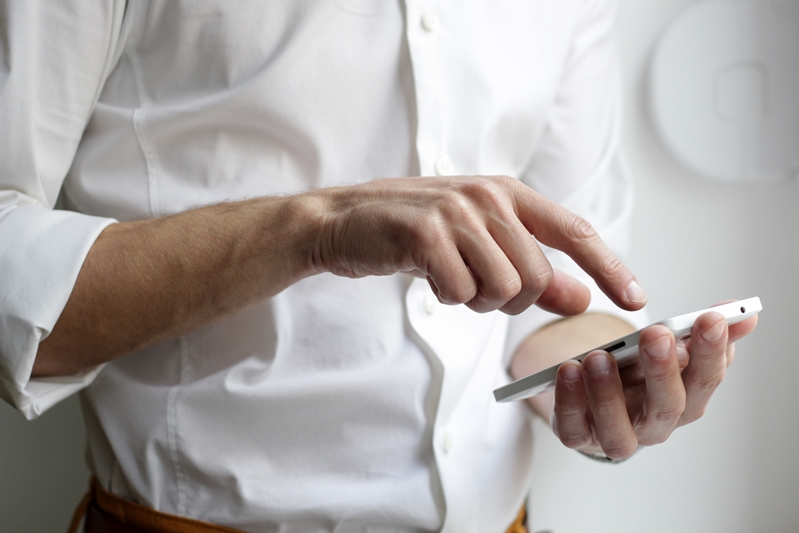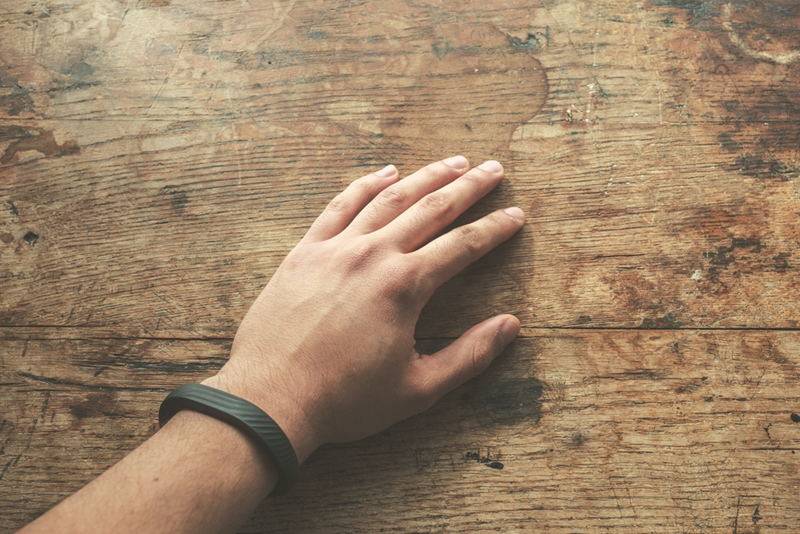In a world dominated by social media, sharing the excitement of your commercial events with a digital audience is instant. But with this ability to bring your function to the attention of a vast viewership online comes a catch – any organisation worth its salt is trying to do the same thing. This has led to something of an event planning arms race. Now companies need to up the 'wow' factor and communicate the message of their business function in a more compelling way just to stand out from the rest of the digital crowd.
This has led to significant technology advances in recent years. More immersive video experiences, smarter light displays and more streamlined event planning and management are now the norm in the world of commercial functions. With that in mind, here are four pieces of technology that can take your event to the next level.

1) Branded multi-use apps
Mobile apps have become an integral part of event industry management. Custom-designed, branded platforms which event attendees and journalists can access on their own phones have many uses, from streamlining registration to extending social media reach. Event organisers can connect with guests before and during the function, helping with:
- Managing tickets. Using a branded app, guests can reserve and check tickets from one place. Management can also use this platform to analyse ticket allocation and guest reservations, making the check in process at point of entry quicker and easier.
- Personalising the agenda. With the power of a mobile app, attendees can easily check on the event agenda and instantly plan their attendance/networking around what elements of the function are a must-see.
- Surveying and polling attendees. Apps allow event organisers to read the pulse of their function in real-time, gauging how visitors feel about the agenda and encouraging them to share their positive thoughts and comments online.
Customised event apps can also be used after the event is over, allowing users to share photos of the event, expanding the online reach of your special occasion!
2) Projection mapping
Projection mapping is the compelling convergence of light, sound and video in one immersive, larger-than-life display. Technicians use projector technology to cast images from two or more devices across multiple surfaces. This gives viewers the illusion of an image becoming 3D, and augments the surface that we see with moving imagery or light shows.
Projection mapping can be deployed on any solid object, whether projecting a scene on a wall, onto an uneven surface such as a model display or altering the appearance of a moving object. This technology adds a layer of allure and excitement to any event. But beyond that, projection mapping can also be an excellent means to display information, such as an event timetable, in a more compelling way. With the right technical expertise, event management teams can even make these displays interactive for attendees to engage with.
3) Livestreaming
Despite the undoubted potential of livestreaming, myths about the complexity of the technology and the number of technical issues event organisers experience persist. Much of this is undoubtedly down to businesses trying to use this equipment themselves – there is a reason organisations partner with event planners rather than going it alone.
Livestreaming through a social media platform such as Facebook instantly expands the reach of your occasion, bringing fans of your brand or those unable to attend the event into the thick of the action. Better yet, pairing livestreaming with a custom-built mobile app brings your occasion directly to customers you know want to attend. Enhancing this audience is furthered by the ability to ask questions and share information in real-time through livestreaming – this is useful both for audience engagement and for bringing guest speakers or other partners into your event that may others be unavailable.
4) Wearable technology
Wearable technologies including Radio Frequency Identification (RFID) tags and GPS trackers give event organisers and attendees alike access to a wealth of information needed to make an event more streamlined and memorable.
For event planners, wearable bands can make checking into an event simpler. Connecting this band to individuals' personal social media profiles also helps to expand your event's profile. RFID-enabled tags or other portable equipment can also be useful for attendees paying for merchandise or refreshments – again, vital to running a smoother function.
For attendees, wearable tags reduce the stress of bringing paper or cash with them to events. One device can do it all for them, allowing them to focus on enjoying themselves. Smarter still, devices equipped with GPS can be used by attendees to more easily locate different exhibitions or displays within your event, offering more efficient wayfinding.

Accessing a world of event technology with CMS Australasia
You may now be thinking about how you can access this amazing event technology. Purchasing much of this equipment outright can be very expensive, especially when you only host events once or twice a year. Similarly, renting technology such as a mapping projector and then trying to manage it yourself may result in you not getting the best out of it.
That's where working with a full-service event design and management specialist like CMS Australasia is so economical. When you partner with us, you aren't just gaining access to our warehouse crammed with all of the latest event technology available in Australia. You are also benefiting from our event planning and production teams' extensive experience using it.
To make an enquiry about equipment for your next event, contact CMS Australasia today.

